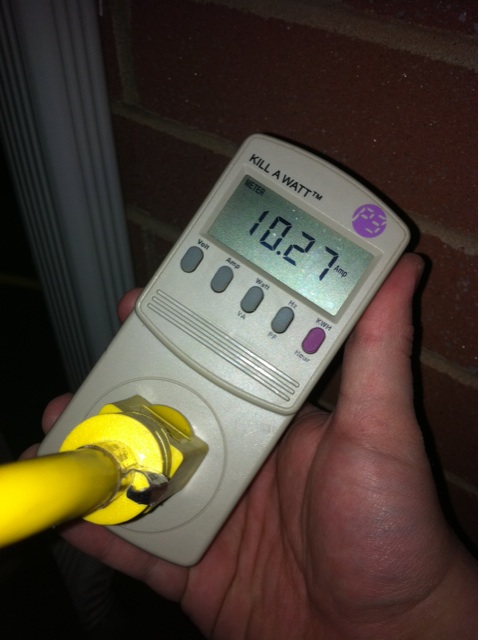I'm a retired senior new to Solar anything. This summer I purchased a new to me older SOLGEN generator. Not sure how old it is but seems to perform as expected. It came with 2 Renogy RNG-100D Solar Panels, LMS2430 PWM Controller, 1500 watt 3000 peak pure sine wave inverter and 2 UB121000 agm sealed lead acid batteries.
I have a 5500 watt gas generator for backup of fridge/freezer when power goes out but really like the quietness of solar generators and would like to explore the direction of taking this setup a bit further towards replacing the gas generator if it's financially feasible. Considered for a moment a compact generator with lithium battery but the price is more than I want to do on a fixed income.
My research has told me my solar unit is probably 5-7 years old and the controller probably needs traded out for an mppt controller and I shouldn't mix new storage batteries with old as well as I can really only use about 50% of there capacity. Appears I can add panels for $100 each.
I realize today's technology is much better than what I have and not interested in throwing a lot of money into this unless it is beneficial in moving closer to being able to part with the gas noise maker.
Sorry for the length of this and thanks in advance for any advice you can offer.
I have a 5500 watt gas generator for backup of fridge/freezer when power goes out but really like the quietness of solar generators and would like to explore the direction of taking this setup a bit further towards replacing the gas generator if it's financially feasible. Considered for a moment a compact generator with lithium battery but the price is more than I want to do on a fixed income.
My research has told me my solar unit is probably 5-7 years old and the controller probably needs traded out for an mppt controller and I shouldn't mix new storage batteries with old as well as I can really only use about 50% of there capacity. Appears I can add panels for $100 each.
I realize today's technology is much better than what I have and not interested in throwing a lot of money into this unless it is beneficial in moving closer to being able to part with the gas noise maker.
Sorry for the length of this and thanks in advance for any advice you can offer.








